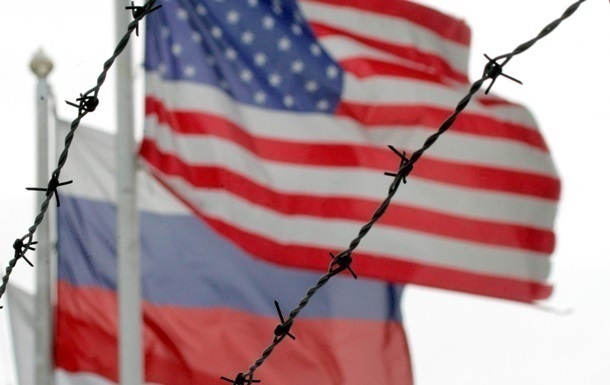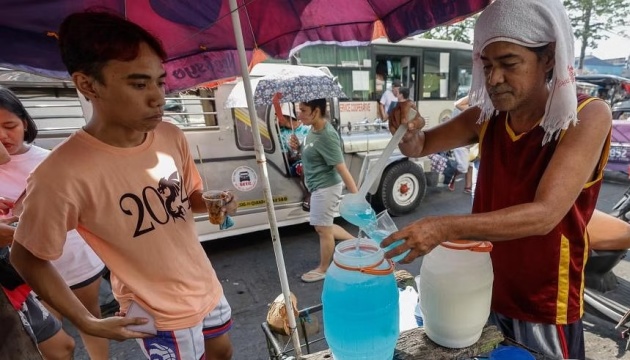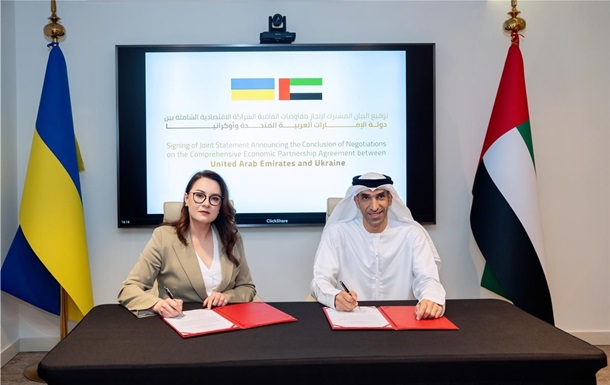Rapidly suppressing infections requires testing more people to determine who is infected, tracking them to make sure they don't spread the disease further, and testing those they've been in contact with. It is necessary to know how testing strategies can be used to achieve three main goals:
• suppression of the renewal of local outbreaks;
• identification of people who have already developed immunity and can safely return to work;
• obtaining information on the evolution of the epidemic, including when the threshold level of the population's immunity is reached.
There are two types of tests. First, molecular diagnostic testing with reverse transcription polymerase chain reaction (RT-PCR), which is the preferred initial diagnostic test. It identifies people infected with КОВИД-19 at the time of the analysis.
Molecular diagnostic testing
RT-PCR is currently the only available means of detecting the SARS CoV 2 virus, the viral agent responsible for the disease COVID 19, in the body. It monitors the presence of viral genetic material in a patient's sample.
Try on pcr test they are taken from places where the concentration of the virus is high, with the help of a swab for taking samples from the back of the nose or mouth or through bronchoalveolar lavage to take material for research from the depths of the lungs.
This method, as a rule, is very sensitive (capable of detecting true positive cases) and specific (excludes false negative results).
The main limitations of using OT-PCR are related to logistics. The procedure is time-consuming and rather long (the analysis itself usually lasts a couple of hours, but the time associated with sampling, transportation and transmission of results increases significantly. It takes about two days to obtain a result for one patient).
A special problem is that analysis for covid depends on a large number of materials (tampons, reagents), which are not always enough due to increased global demand.
Secondly, serological testing that detects people who have contracted the coronavirus and developed antibodies.
Serological testing
The development of an antibody reaction to an infection can take some time, and it can depend on the host (that is, it can vary depending on the general characteristics of the subject, such as his health and previous exposure to similar pathogens).
In the case of SARS CoV 2, it is assumed that most patients seroconvert (ie, start producing antibodies) 7–11 days after exposure to the virus, although some patients may develop antibodies earlier.
This means that unlike molecular tests, serological tests are not suitable for determining who should be isolated.
Other methods of detecting viral material are currently under development. For example, direct detection of a viral antigen is a method aimed at detecting virus proteins called antigens. This requires the identification and production in laboratories of specific antibodies to virus antigens and their subsequent inclusion in testing kits.
After full development, these tests can be performed using swabs similar to those currently used in OT-PCR to collect patient samples. Antibodies in the test kit bind virus antigens from the sample.
Rapid RT-PCR tests can be performed at the point of care (emergency room, bedside) in less than 30 minutes, without the need for a laboratory.
The companies developing these tests optimize the standard OT-PCR technique to accelerate the amplification of genetic material. The disadvantage is that the tests must be performed on proprietary instruments, so they are available only in places where these instruments have been inserted (unlike standard RT-PCR, which can be performed on any type of PCR machine). The most common example of using these devices is an express flu test.
However, the increase in speed is associated with a certain loss of accuracy.
The SARS CoV 2 virus, which has caused tens of thousands of deaths from the respiratory disease COVID 19. To combat the pandemic, many countries have developed strict containment and mitigation strategies to minimize the risk of virus transmission, reduce the spread of the virus, and buy time for health care systems to cope with a huge number of patients and ultimately save as many lives as possible.


 564
564












